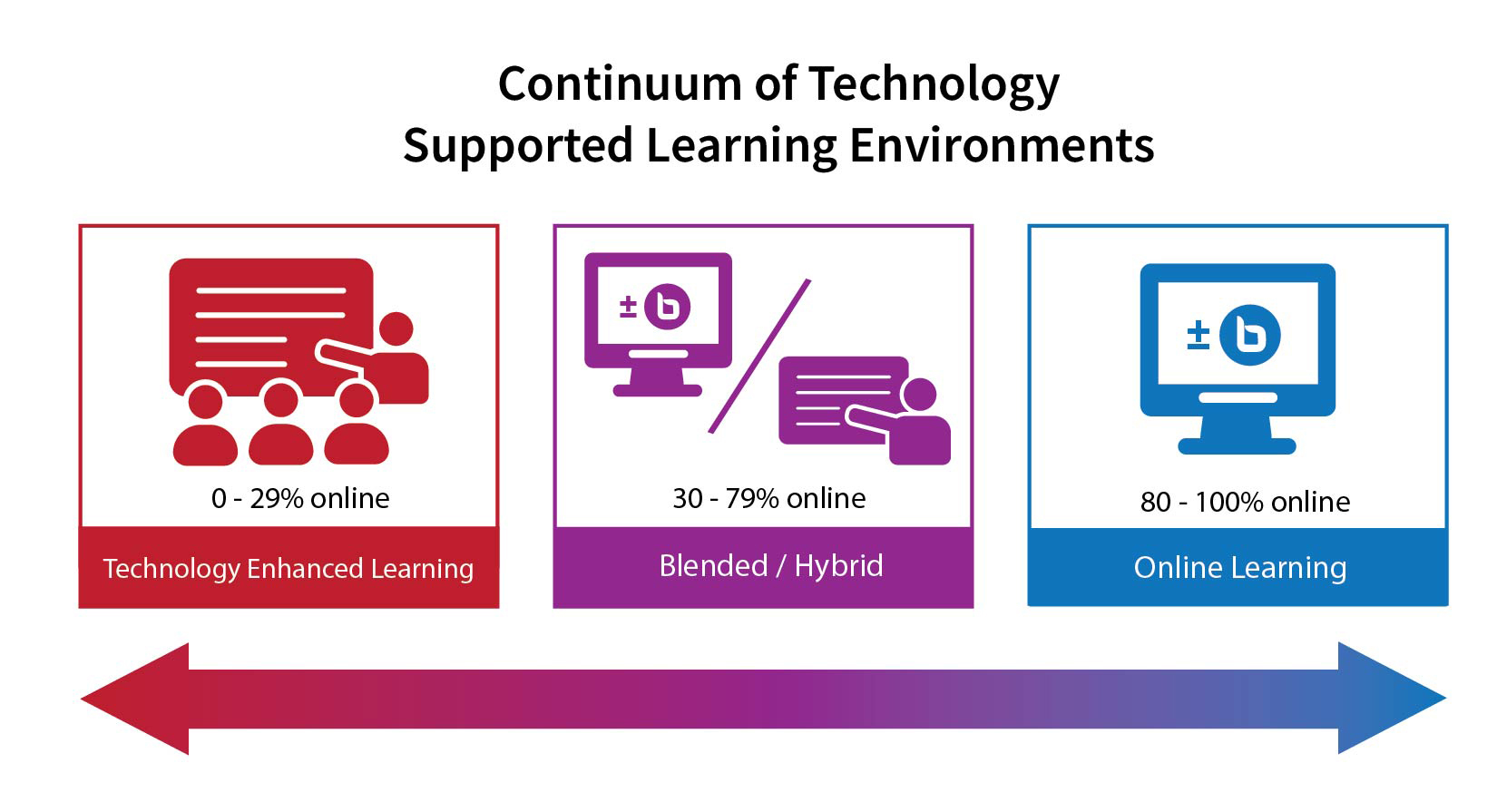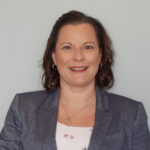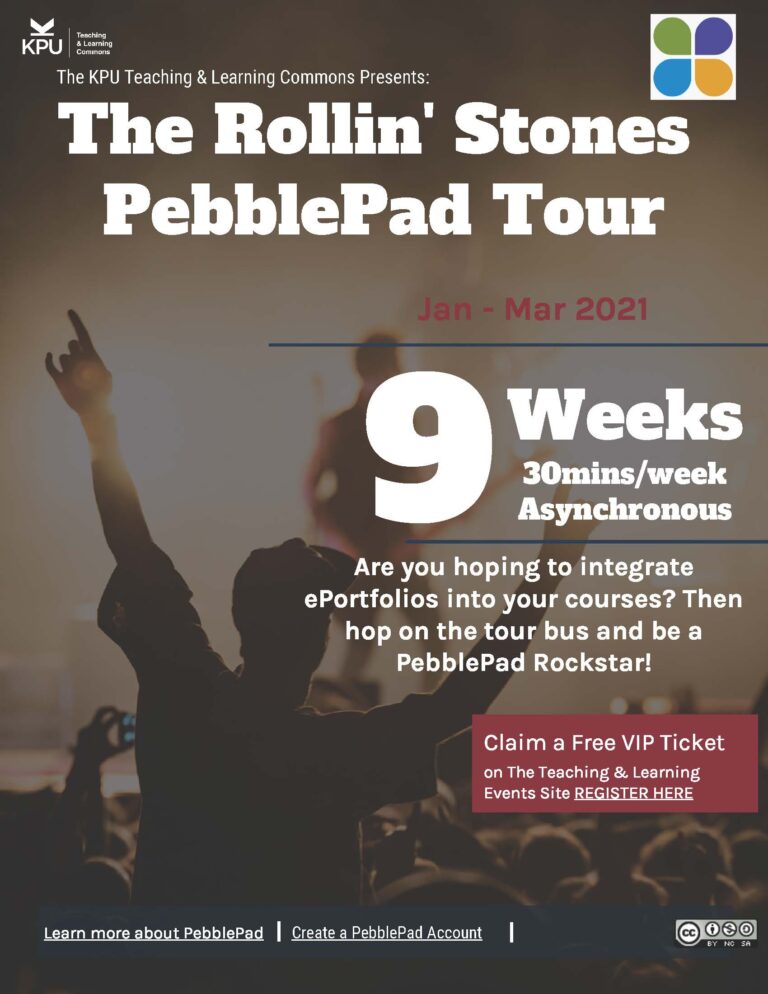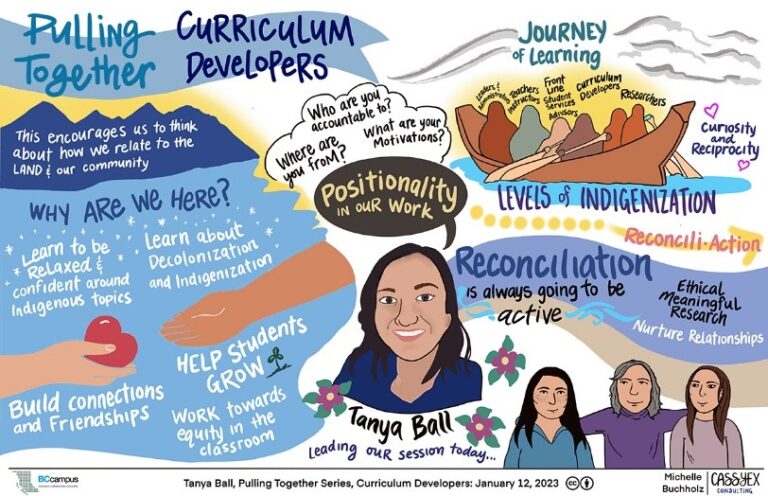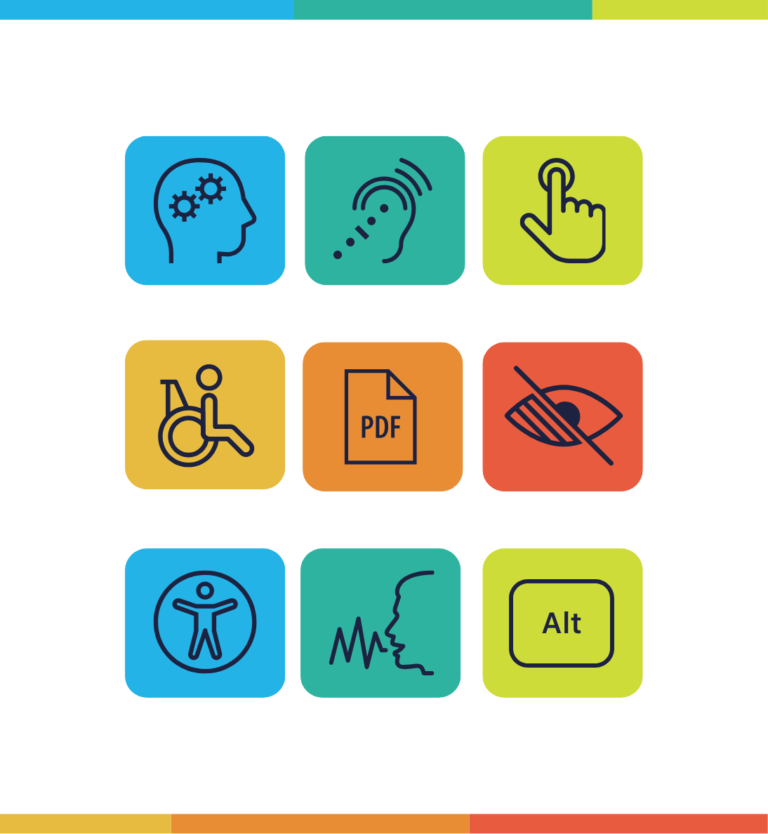Moving Through the Continuum of Technology Based Learning Environments
In a recent chat with a colleague and friend, he asked “what is the difference between the different labels for online learning, for example the difference between hybrid and blended and when does it meet criteria for fully online.” His question reminded me that for some this confusion about terminology alone is intimidating and a barrier to engaging with technology.
Does it matter how we describe what we are doing or just that we make change to meet the demands of teaching in the digital age. I think it matters, but only a little. Common language helps us find resources, support others and communicate what we are doing. It is part of how we build our confidence and competence to embark on this journey with technology. Technology supported learning environments have been described as a continuum. The graphic below represents this continuum with technology enhanced learning on the left and fully online learning on the right. The literature indicates the associated mixture of face to face and online activity and these are indicated as well.

Technology enabled learning (TEL), or digital supported learning is essentially referring to the use of a Learning Management System (LMS) and majority of instruction is still provided on campus. In its most basic use the LMS provides the course outline/syllabus for easy reference, links to department and university policies, facilitates communication and provides access to course materials is digital and accessible throughout a semester. Ideally, every course would use Moodle. It provides easy access to information that students can read on the go while commuting on public transit, on their break at work, or while supporting family commitments. If you used fully, it supports a flipped classroom approach where students prepare for class independently and creates a space for post class activities such as learner reflection or further dialogue.
TEL can also refer to the use of digital tools in a traditional classroom, in this case they are used to build interaction, engagement, and inquiry in a variety of learning activities. This includes the use of student response systems, personal computer devices for in class activities and tools such as Kahoot.
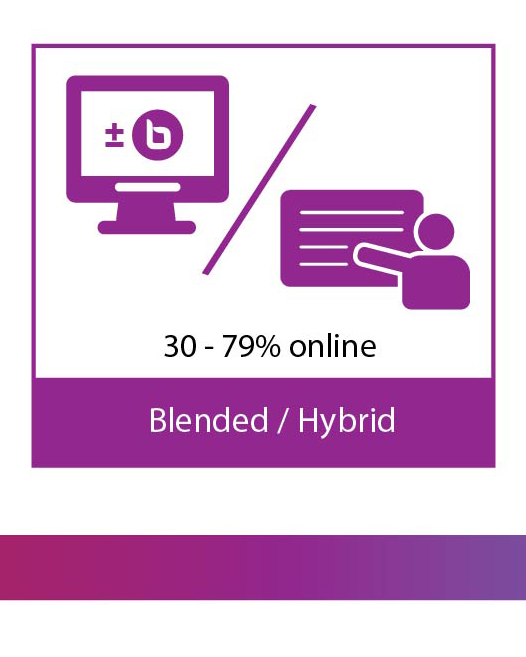
Across the middle of the
continuum the term used is less relevant –
blended, hybrid and partially online all refer to a purposeful
combination of two learning modes (face to face and online) to facilitate a
meaningful learning environment. From my perspective this is the sweet spot! Marrying
the digital world and traditional classroom approaches facilitates meeting the
needs of learners, while simultaneously maximizing use of facility space and
providing flexibility for faculty and students.

Fully online courses are exactly as described. All of the content and interaction occurs in a computer mediated environment. This works particularly well for upper level courses, inquiry based capstone courses or graduate programs. At this stage of a learner’s education journey they are more prepared to work independently, seek support as needed and collaborate with other students with less guidance. Even a fully online course can have some synchronous elements using web conferencing software tools to enable connection of a group of learners in a virtual class.
In determining the best place to be on this continuum you need to consider the complexity of the material, the developmental stage of the learner, your comfort with technology and the supports available to you. I would suggest that for undergraduate students we progress slowly across the continuum, adding independent inquiry as they grow as learners in this environment. As you move toward re-design activities or entire courses to increase technology or move to the digital environment there are many resources that can help you. Check out the growing collection of books in the tlcommons office in A2400 and the kpu library collection, or visit the online learning consortium, or resources on Tony Bates blog.
Tools and terminology for the pedagogy and teaching strategies used in these digital environments will be addressed in future posts.
Leeann leads the Learning Technology and Educational Consultant teams in their efforts to support innovation in teaching and learning at KPU. Leeann oversees and advances existing KPU supported educational technologies and tools to align with institutional values and current best practices. Previously an experienced faculty member, Leeann holds a Post Masters Certificate in Curriculum Design and is a doctoral candidate in the Distance Education EdD at Athabasca University. Leeann is an advocate for the culture of folio thinking pedagogy and its potential to revolutionize KPU's learning landscape.
